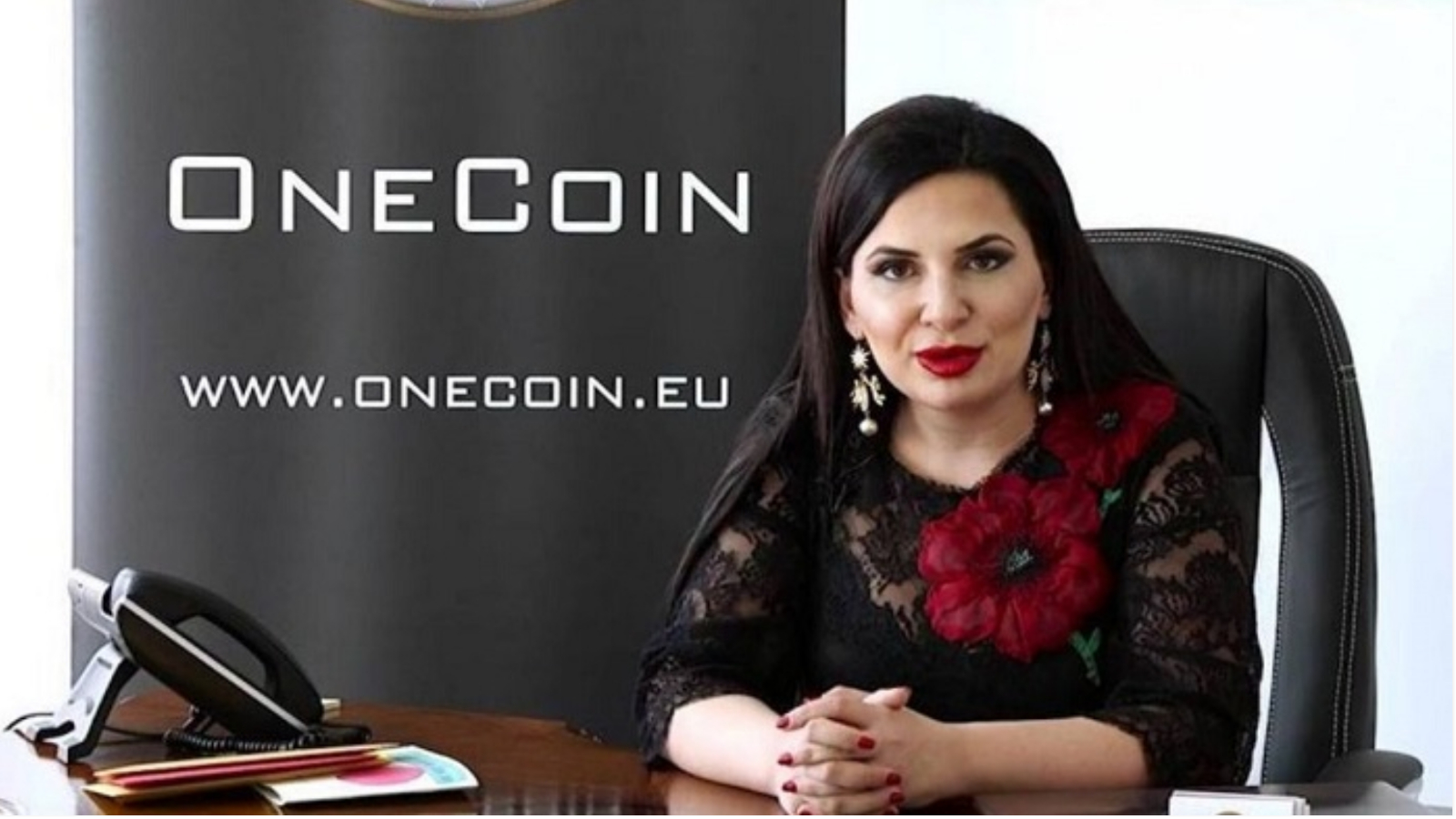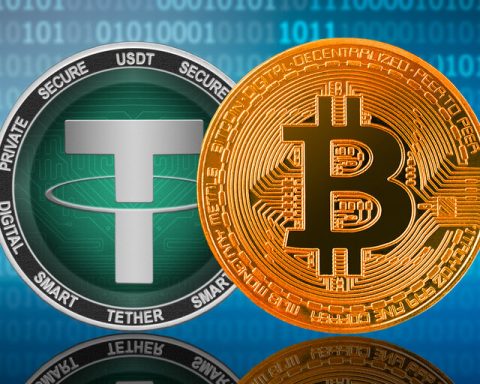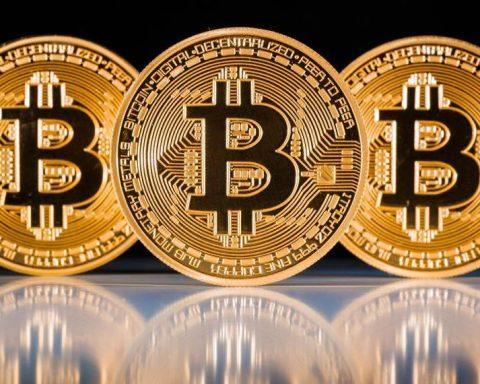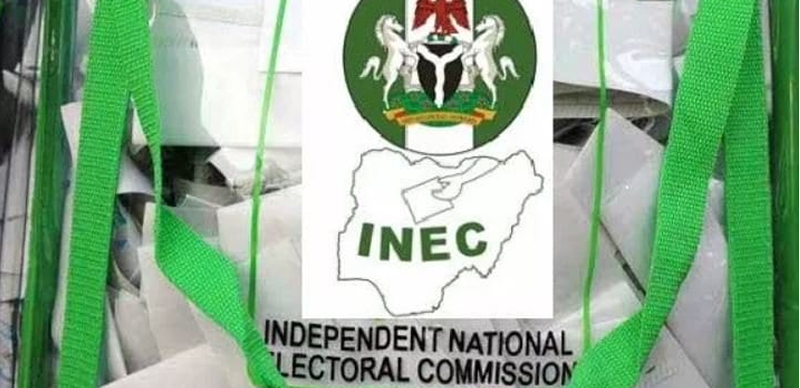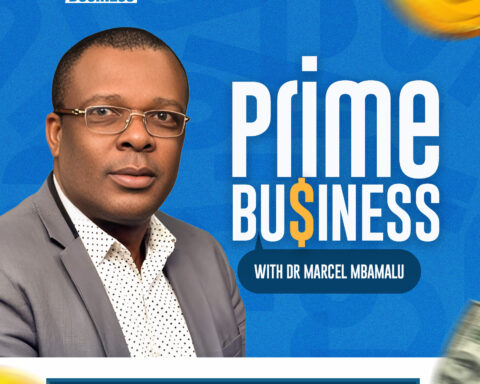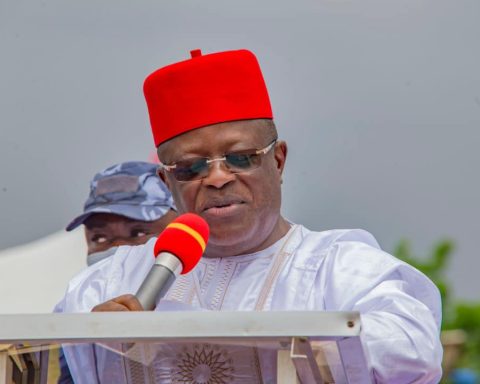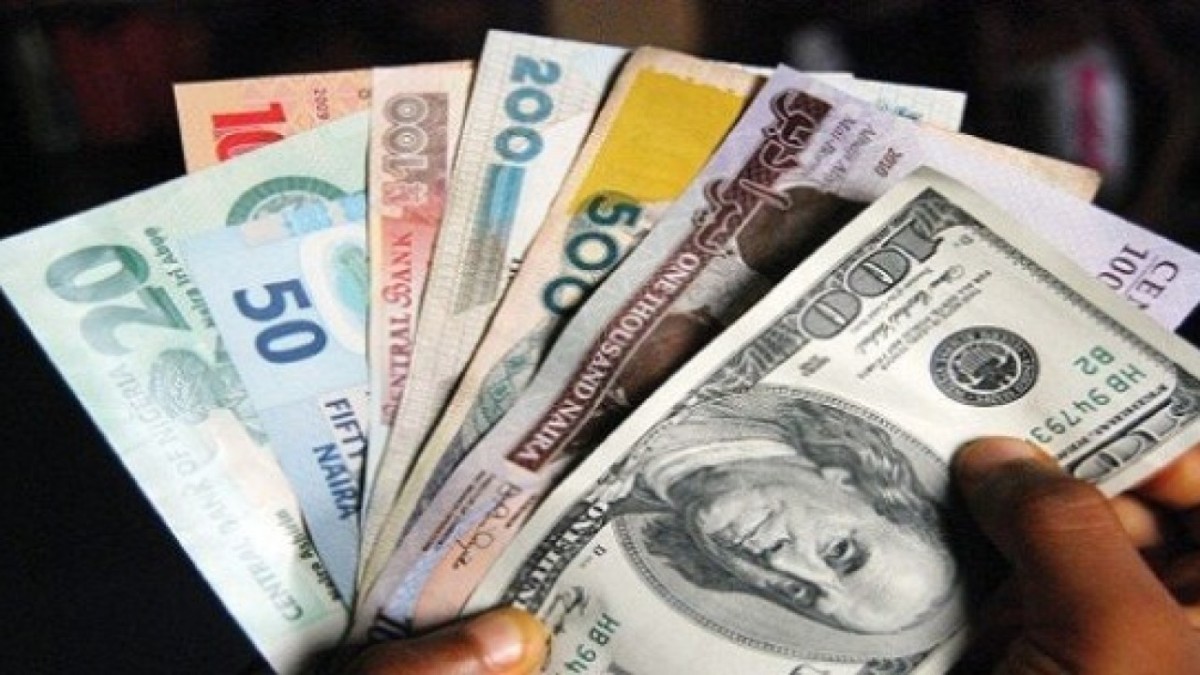In 2014, Ruja Ignatova created a cryptocurrency idea called “OneCoin”, which she claimed would become the next bitcoin. She promised individuals willing to buy OneCoin high returns and low risk.
Ignatova, known as Cryptoqueen, claimed that OneCoin is mineable, and could supply as much as 120 billion coins, reflecting enough, but little coins to go round amid high demands – however, Onecoin had no blockchain like bitcoin
Join our WhatsApp ChannelIndividuals who believed in her, and thought OneCoin is an investable asset to grow their wealth, were informed to wire transfer their money to buy OneCoin and its education packages.
About $4 billion was received by OneCoin, however, the supposed cryptocurrency had no blockchain like bitcoin to record individuals who transacted.
Three years after she introduced OneCoin, persons who invested in Ignatova’s cryptoasset discovered it was a scam or ponzi scheme, as she disappeared with their money, and hasn’t been found ever since.
On October 12, 2017, a lawsuit was filed against Cryptoqueen in the United States District Court for the Southern District of New York, and an arrest was issued for her, leading to her inclusion in the list of ten most wanted fugitives in America.
The US Department of Justice has now issued a $100,000 reward for information leading to her arrest. Last month, Ignatova was also listed on Europol’s most-wanted list.


